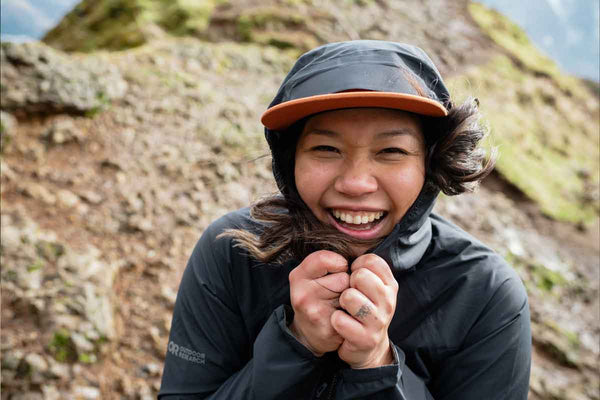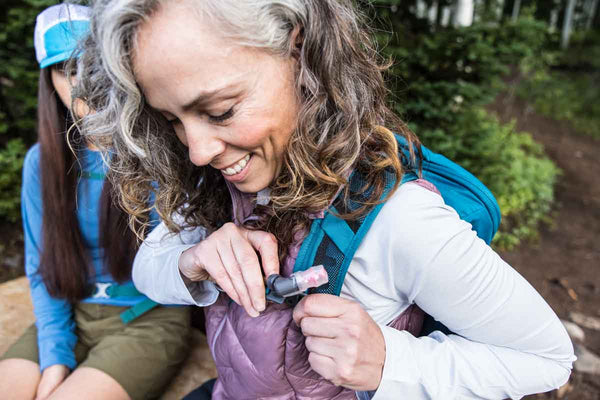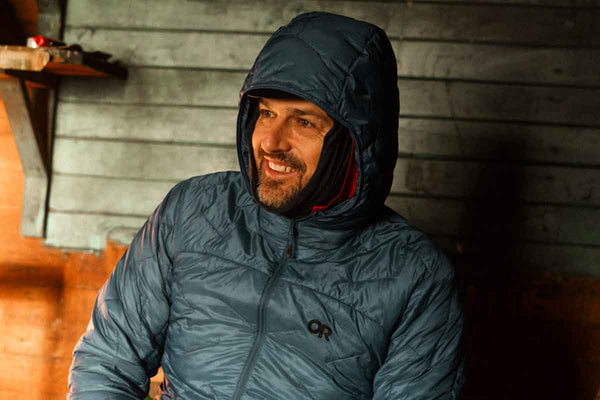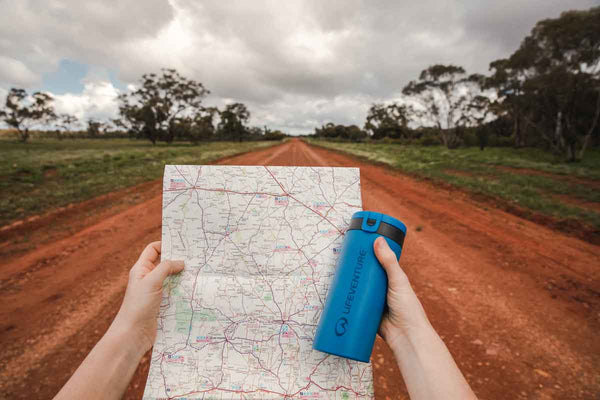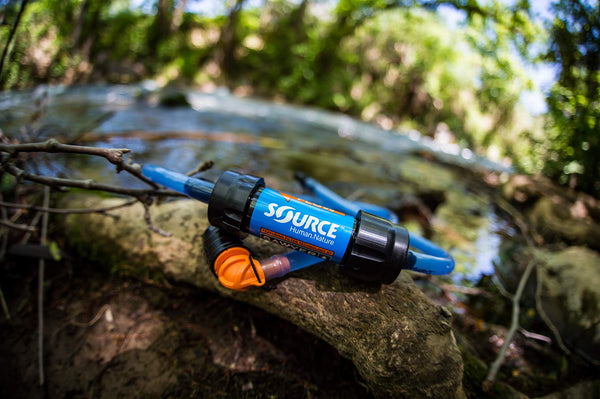
Water Treatment Guide
As humans we need to constantly consume water to ensure our bodies stay fit and healthy. This becomes even more important when away from familiar surroundings where the availability and quality of water can be thrown into question. Here we show you some of the ways you can carry water, dispense water for drinking, and ensure the water is clean and suitable for drinking.
Hydration
The popularity of hydration packs has increased over recent years as versatility in design has improved and walkers have become more aware of the dangers of dehydration and heat stroke. Whether you are a bushwalker, mountain biker, Nordic walker or sightseeing anywhere on the planet there is a hydration pack for you.
Perhaps the most popular feature of hydration packs is the ability to store a range of liquid volumes which can be consumed while on the go. Bite valves connected to long pliable hoses extend out of the pack and are conveniently clipped to the shoulder harness. Frequent consumption of water, like sipping from a bite valve, is an excellent way to reduce the chances of dehydration and heat stroke, and certainly more efficient than sporadic gulping from a water bottle. Remember – if your mouth is dry, then you are already suffering from mild dehydration!
It is important that your water system remains hygienic and is easy to clean, as well as being the right volume. In general, we recommend you carry:
- 1.5 litres for walks of up to a couple of hours, or high activities of up to 1 hour.
- 2 litres for walks up to 3 hours, or high activities of up to 1.5 hours.
- 3 litres for walks up to 4 hours, or high activities of up to 2 hours.
We recommend that you consult your doctor about your personal water needs, and your propensity to suffer from dehydration or heat stroke.
Bottles vs Bladders
Beverage bottles haven’t changed much over the years, mainly because they are so well made. Thermoses are made from stainless steel for durability, Tritan™ BPA-Free plastic continues to be a favourite for super-tough transparent water bottles, and stainless steel water bottles now come in a range of attractive colours and designs.
Bladders are an excellent way to carry and store water both on the trail and in camp. Your choice of brand will depend on how rugged you need the bladder to be and whether you already have a hydration-compatible pack. All our bladders are extremely easy to clean and are made from hygienic food-friendly plastics.
- CAMELBAK use a HydroGuard Anti-Microbial Technology - an embedded silver ion compound in the bladder reservoir film and drink tube. This treatment eliminates up to 99.99% of common bacteria and fungus, is easy care and very hygienic. Boiling water can be poured into these bladders.
- MSR Dromedary™ bladders are made from a tasteless food grade polyurethane laminated to tough Cordura for durability.
- PLATYPUS use a lightweight, puncture-resistant 3-ply plastic laminate which is lined with food-grade polyethylene that won’t flavour your water with a plastic taste.
Water Treatment
There are 2 major types of water treatment: Purification and Filtration. Due to a number of high profile court cases in the USA water treatment has now become one of the most technologically advanced (and legislated) areas of the outdoor industry. In general terms, purifiers are necessary whenever you are in human inhabited areas where there may also be animals. However, if you are in remote wilderness regions then it may be possible to rely only on a filter system.
To be considered a Purifier a system must remove all protozoa, bacteria and viruses - which means either developing a very small filter hole (less than 0.1 microns) or using a chemical (see MIOX salt brine system) or UV light (see SteriPEN). Purification systems generally require little effort to operate but you may need to be patient.
Standard Filtration systems are effective against protozoa and bacteria but because their filtration holes are larger (typically 0.2 to 0.3 Microns) they are unable to remove viruses - see Katadyn and MSR WaterWorks. However, these systems normally incorporate an activated-carbon filter which makes the water taste good!
For those who rarely need to treat their water, Micropur tablets are a cheap and convenient method of removing nasties.

